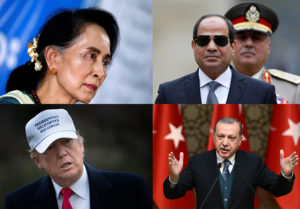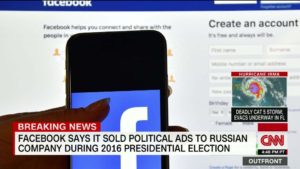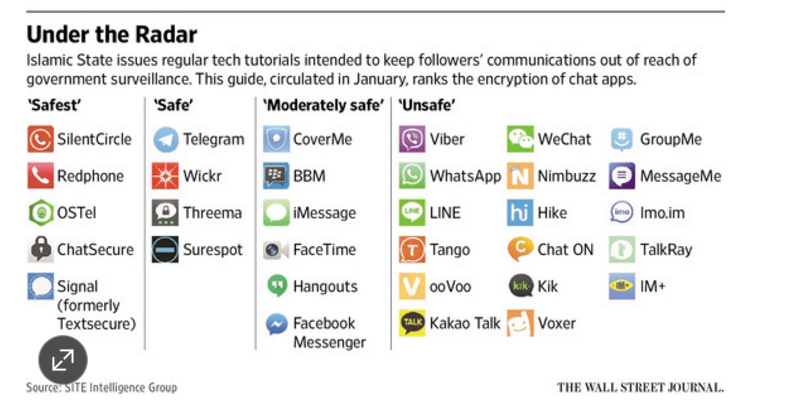 The 2018 Winter Olympic Games, aka XXIII Olympic Winter Games, are underway in Pyeongchang, South Korea and millions of viewers are tuning in to see nearly 3,000 athletes compete in 102 events in 15 sports. In addition to the traditional winter sports of figure skating and alpine skiing, you can watch athletes compete in big air snowboarding and mixed doubles curling.
The 2018 Winter Olympic Games, aka XXIII Olympic Winter Games, are underway in Pyeongchang, South Korea and millions of viewers are tuning in to see nearly 3,000 athletes compete in 102 events in 15 sports. In addition to the traditional winter sports of figure skating and alpine skiing, you can watch athletes compete in big air snowboarding and mixed doubles curling.
Shaun White’s back-to-back 1440s for the gold medal and a high-flying gold medal performance by Chloe Kim in the half pipe have given Americans something to cheer about. And if you like spills and chills, pay attention to “notorious curve 9” on the luge course.
Besides the obvious appeal of world-class athletes competing on a world stage, the Olympic Games offer compelling stories with drama at every turn. Who can forget the Jamaican bobsleigh team or the US Hockey team’s miracle on ice at the 1980 Winter Olympics.
There’s also the political angle. Athletes from Russia are banned from competing in Pyeongchang under the Russian flag because of doping charges. However, Russian athletes are being allowed to complete under the banner of “Olympic Athletes from Russia.” Also, the opening ceremony unity displayed by the teams from North and South Korea has prompted plenty of discussion about future prospects for peace.
But this is a media blog, so we need to mention that the US broadcast rights were purchased by NBCUniversal for $963M (part of a larger $4.38B rights package that extends through 2020 summer games in Tokyo). NBC will provide 2,400 hours of coverage with 176 hours of broadcast coverage, the most in winter Olympics history. The remaining coverage will stream on NBCOlympics.com and on their NBC Sports app. More stats here. Some of the coverage will be in 4K UHD (Ultra High Definition) and HDR (High Dynamic Range) giving viewers options for high quality at a premium price. How to watch, and more info here.
And of course the costs will be passed along to advertisers who are paying top dollar to reach the desirable demographics provided by Olympic programming. However, with viewership in decline among younger viewers, the future of multi-billion dollar Olympic deals may be in jeopardy.











